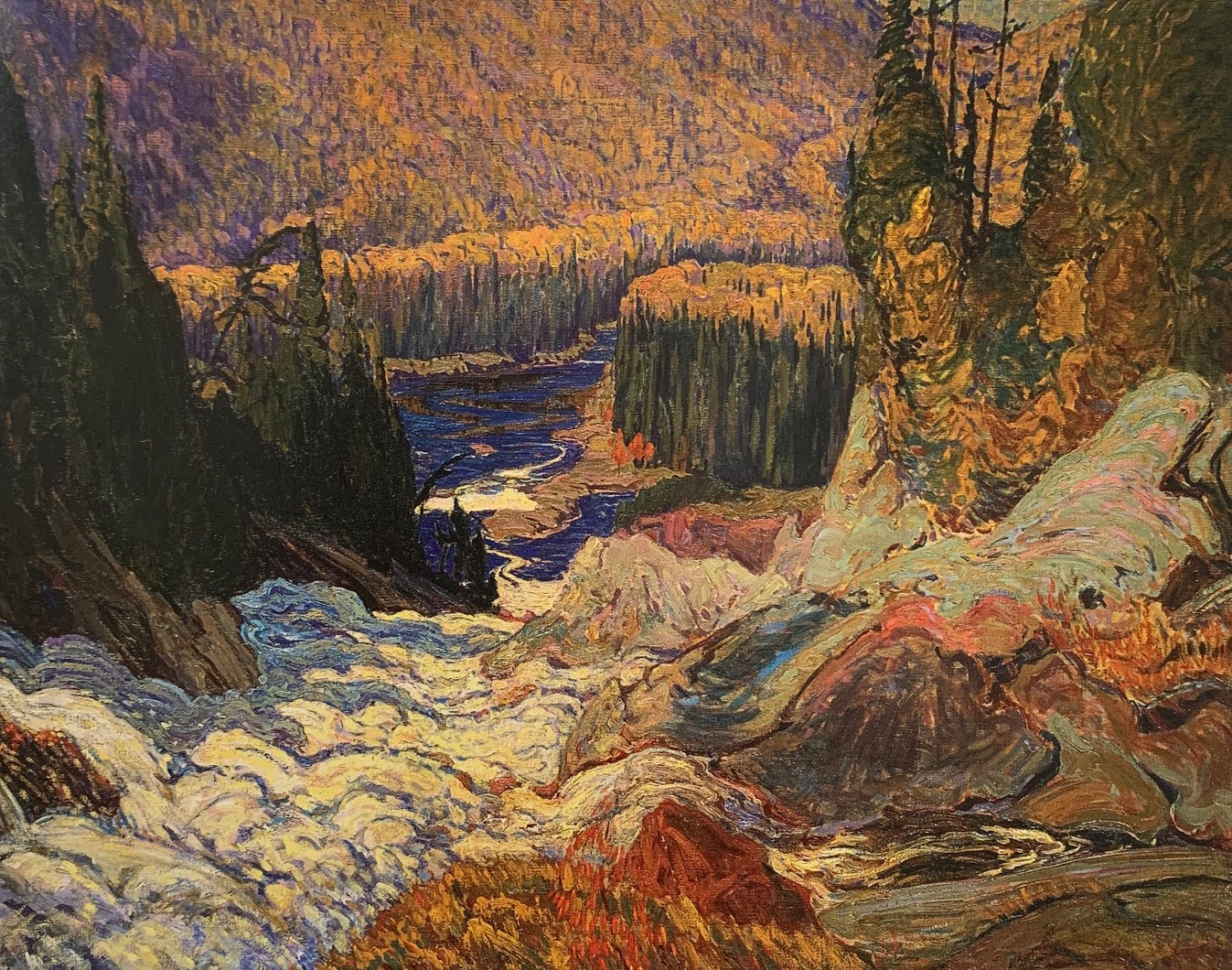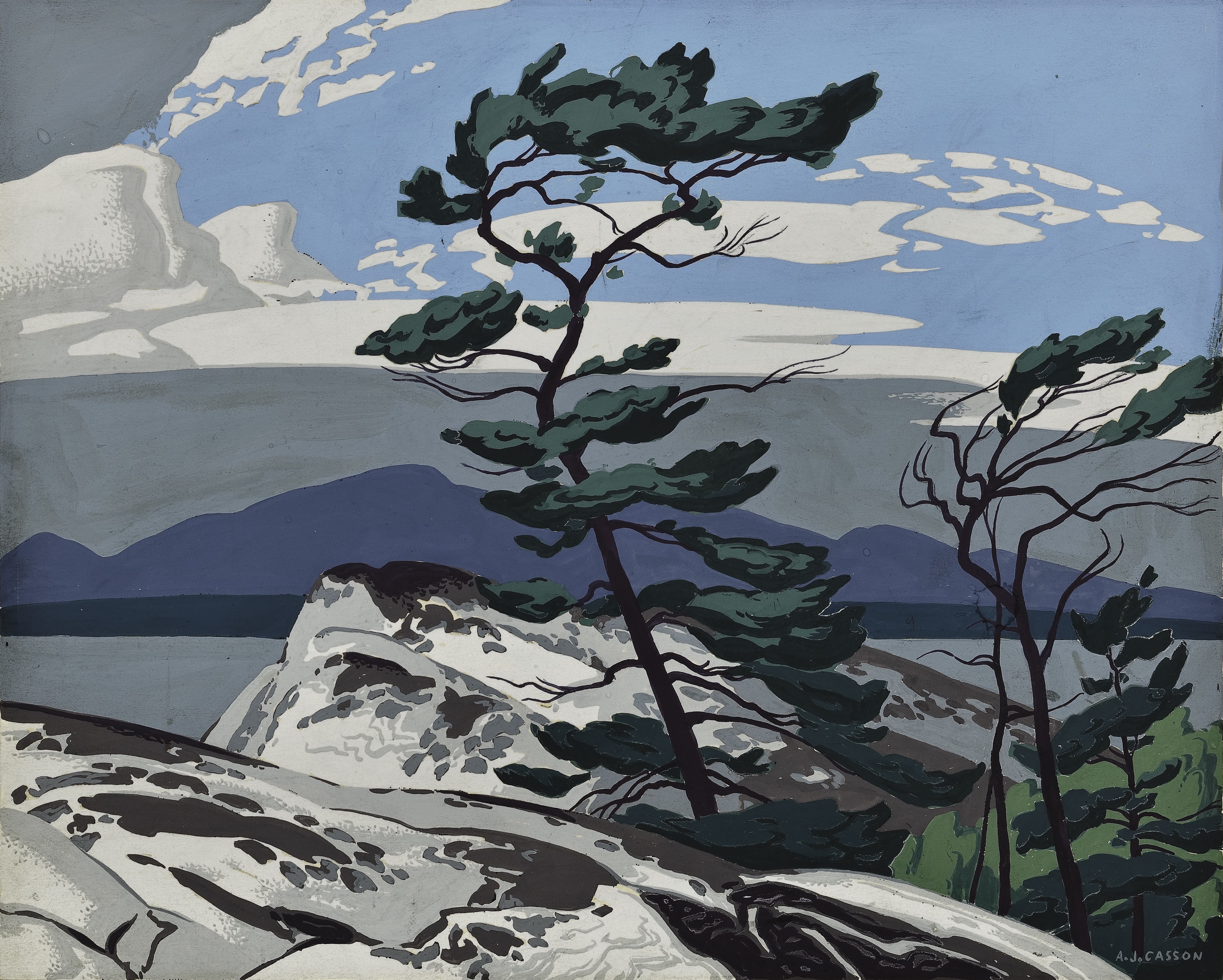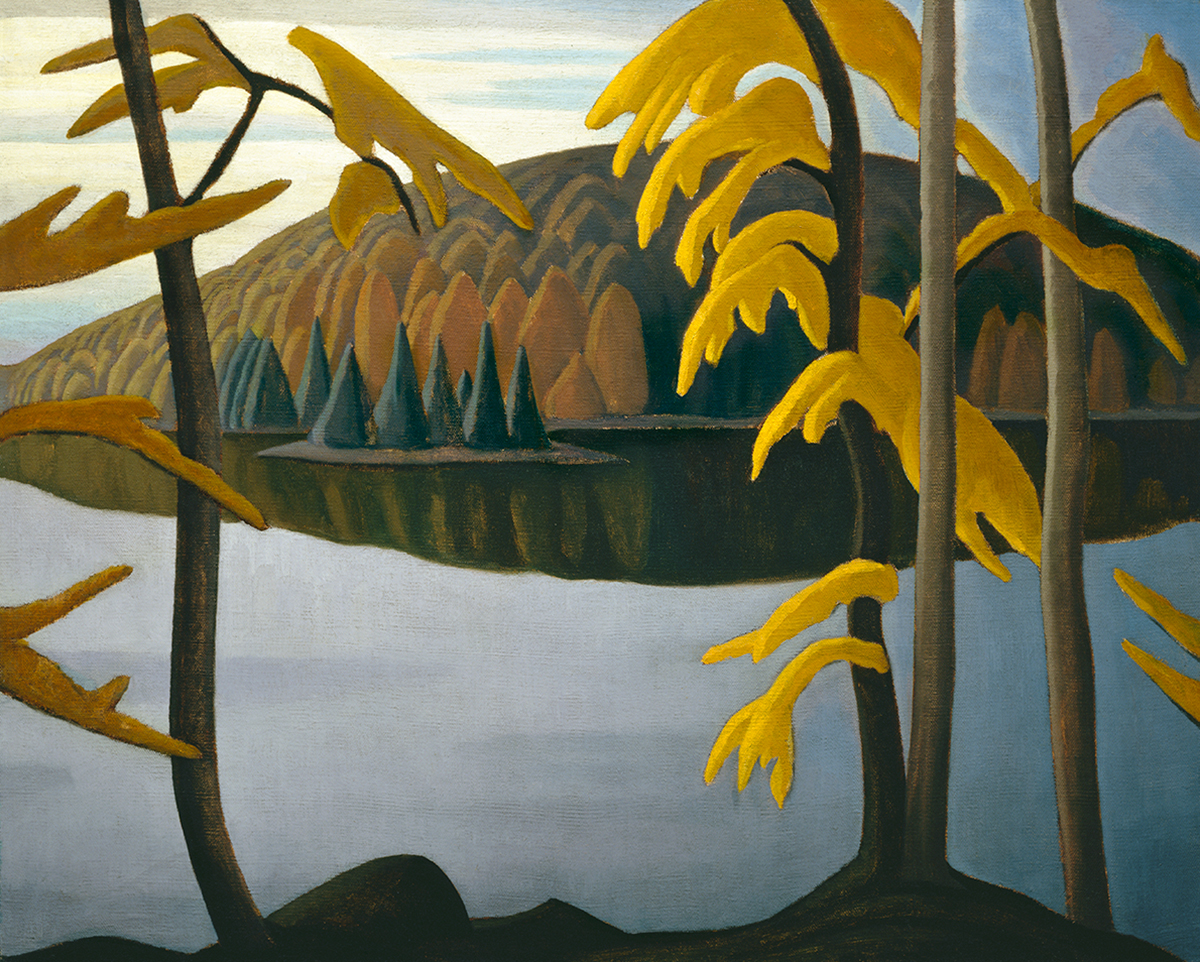
Group of Seven McMichael Canadian Art Collection
403-949-7767. [email protected]. 9:00AM - 5:00PM (Mountain Time/Alberta) Monday - Friday. The Group of Seven, quality prints of paintings by Canadian landscape artists. Available on canvas and paper, framed. Best selection and options. Made in Canada.

The Group of Seven Lawren Harris Canadian art, Group of seven
THE GROUP OF SEVEN. In the early decades of the twentieth century, circumstances brought together several artists who were committed to exploring, through art, the unique character of the Canadian landscape. Collectively they agreed: Canada's rugged wilderness regions needed to be recorded in a distinctive painting style. This style would.

Franklin Carmichael Bay of Islands Canadian art, Landscape art
Group of Seven is an artist. Their work is currently being shown at McMichael Canadian Art Collection in Kleinburg. Numerous key galleries and museums such as Crocker Art Museum have featured Group of Seven's work in the past. The artist's work has been offered at auction multiple times, with realized prices ranging from 13 USD to 13,914 USD, depending on the size and medium of the artwork.

Image result for group of seven arthur lismer Group of seven art
Show More. Group of Seven, Toronto-centred group of Canadian painters devoted to landscape painting (especially of northern Ontario subjects) and the creation of a national style. A number of future members met in 1913 while working as commercial artists in Toronto. The group adopted its name on the occasion of a group exhibition held in 1920.

Early Morning Frederick Varley Canadian art, Group of seven artists
The Group of Seven (sometimes referred to as the Algonquin School) was Canada's first internationally recognized art movement. The Group was united in the belief that a distinct Canadian art could be developed through direct contact with the country's vast and unique landscape. Though one can trace the influences of Impressionism, Post.

Alfred Joseph Casson Canadian art, Art, Group of seven artists
The McMichael Canadian Art Collection is located on the original lands of the Ojibwe Anishinaabe and Huron-Wendat People. It is uniquely situated along the Carrying Place Trail which historically provided an integral connection for Indigenous people between Ontario's Lakeshore and the Lake Simcoe-Georgian Bay Region.. the Group of Seven.

Group of Seven McMichael Canadian Art Collection
1. Introduction Brief overview of Canada's Group of Seven and their significance. In the early 20th century, amidst the vast artistic tapestries of the world, Canada's Group of Seven arose as a defining force. Established in 1920, this ensemble of intrepid artists took the bold step of distancing themselves from prevailing European art paradigms.

The Group of Seven’s True North Strong and Free, or Visual
The Group's paintings and their reproductions played a crucial role in forming Canada's national mythology. Now, the Group of Seven must be liberated from the prison of Canadian nationalism.

Celebrating 100 years of the Group of Seven Canadian Geographic
The Group of Seven, also known as the Algonquin School, was a unity of landscape painters. It was founded in 1920 as an organization of self-proclaimed modern artists and disbanded in 1933. The painters of the Group of Seven depicted Canada's panoramas as a reflection of a romanticized notion of Canadian strength and independence.

Art Country Canada ARTHUR LISMER Worlds Largest Collection of Limited
First formed in 1920, the Group of Seven remains Canada's most famous - and beloved - artist collective. Active until 1933, their work has been reproduced on posters, postcards, notebooks, and in school textbooks for decades - with some of the images becoming iconic interpretations of the Canadian wilderness. But some of the work that these men did is underrepresented in the popular.

Group of Seven McMichael Canadian Art Collection
After the ending of the Group of Seven in 1932, he co-founded the Canadian Group of Painters in 1933. Several members of the Group of Seven later became members of the Canadian Group of Painters including Lawren Harris, Arthur Lismer, A. Y. Jackson, and Franklin Carmichael. Casson developed a painting style with clear colours and background.

Group of Seven 4 Films to Fall in Love With the Canadian Landscape
Also sometimes known as the Algonquin School, the Group of Seven was a group of Canadian landscape painters from 1920 to 1933, originally consisting of Franklin Carmichael (1890-1945), Lawren Harris (1885-1970), A. Y. Jackson (1882-1974), Frank Johnston (1888-1949), Arthur Lismer (1885-1969), J. E. H. MacDonald (1873-1932), and Frederick Varley (1881-1969).

AUTUMNAL ART GREAT CANADIAN PAINTINGS FROM THE FALL SEASON Group
Many of their paintings were from the Ontario paddling paradises of Algonquin, Georgian Bay and the Algoma regions, but over the years, the Group of Seven traveled and painted the Arctic, Rockies, East Coast and Quebec. Their first exhibition at the Art Gallery of Toronto was May 7, 1920. Before the exhibition, it was widely believed the.

Canada's Group of Seven kings of the wild frontier in pictures
The Group of Seven and Tom Thomson are major highlights of the newly transformed Indigenous and Canadian Galleries, with more than 100 of their works on display. Lawren S. Harris's North Shore, Lake Superior , A. Y. Jackson's Terre Sauvage, Frederick Varley's Stormy Weather, Georgian Bay , and Tom Thomson's The Jack Pine are just a few.

MFA builds modern art collection The Boston Globe Group of seven
The Group of Seven, also known as the Algonquin School, was a school of landscape painters. It was founded in 1920 as an organization of self-proclaimed modern artists and disbanded in 1933. The group presented the dense, northern boreal forest of the Canadian Shield as a transcendent, spiritual force. Their depictions of Canada's rugged wind.

More Lawren Harris Canadian art, Group of seven art, Canadian artists
He was born in Brantford, Ontario on October 23, 1885, and is best known as a member of the Group of Seven who pioneered a distinctly Canadian painting style in the early twentieth century. A. Y. Jackson has been quoted as saying that Harris provided the stimulus for the Group of Seven. During the 1920s, Harris' works became more abstract and.